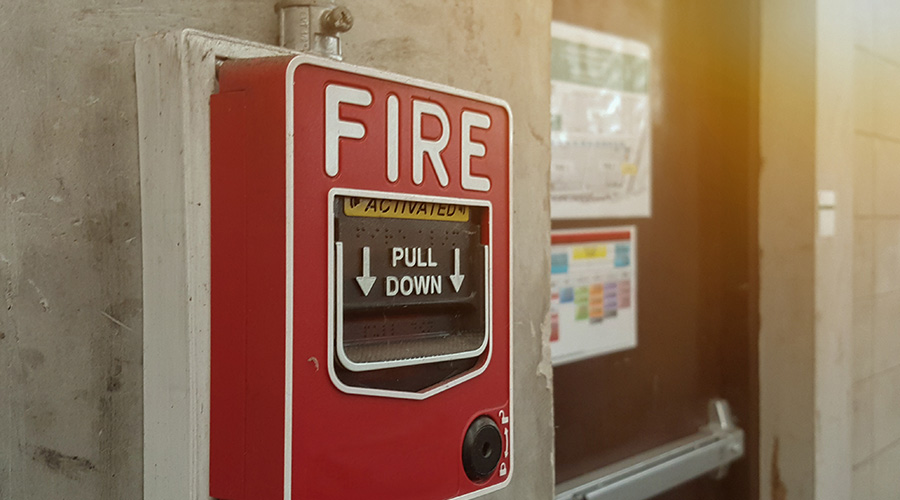SIDEBAR: Egress Strategy Critical To Overall Fire Safety Plans
Part 3 of a 3-part article on issues to consider to make high-rise buildings strong and fire safe.
As buildings get taller, developing an effective evacuation strategy becomes more challenging because the time to complete a full building evacuation increases with building height. Moreover, above certain heights, the traditional method of requiring all occupants to simultaneously evacuate may not be practical as occupants become more vulnerable to additional risks when evacuating via stairways.
When designing an egress plan for a tall building, the primary goal should be to provide an appropriate means to allow occupants to move to a place of safety. To accomplish this goal, there are several evacuation methodologies that are available to the design team. These evacuation strategies can include but are not limited to defend-in-place, moving people to areas of refuge, protective elevators, and phased/progressive evacuation. It is also possible that a combination of these strategies can be this best solution.
When deciding on an appropriate strategy, facility managers should consider the required level of safety for the building occupants and the building performance objectives that are identified by the building’s stakeholders.
Related Topics:














